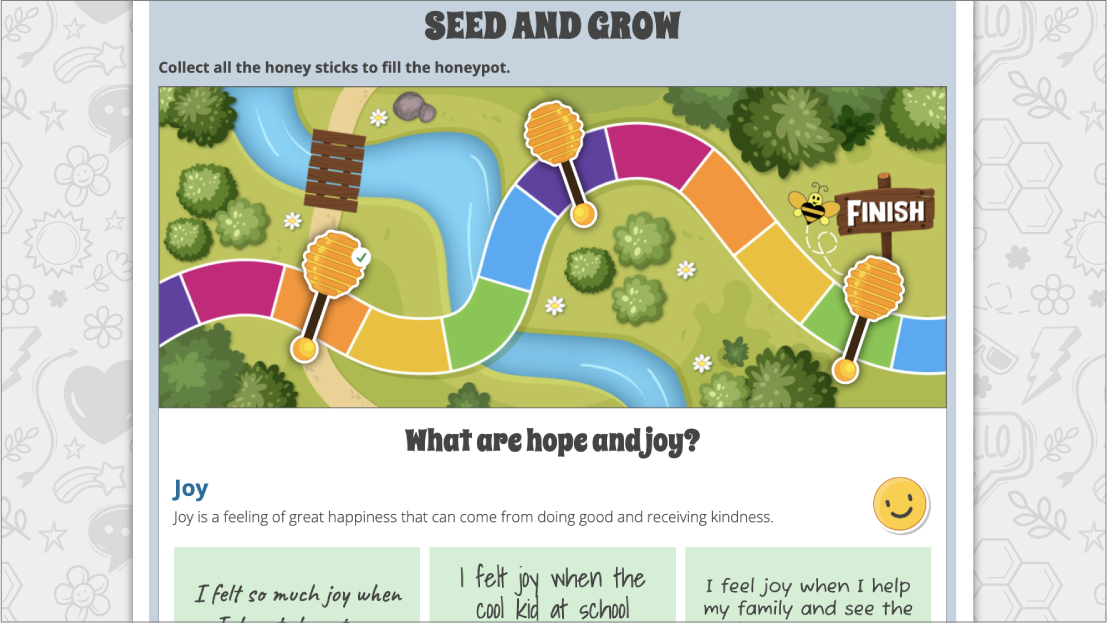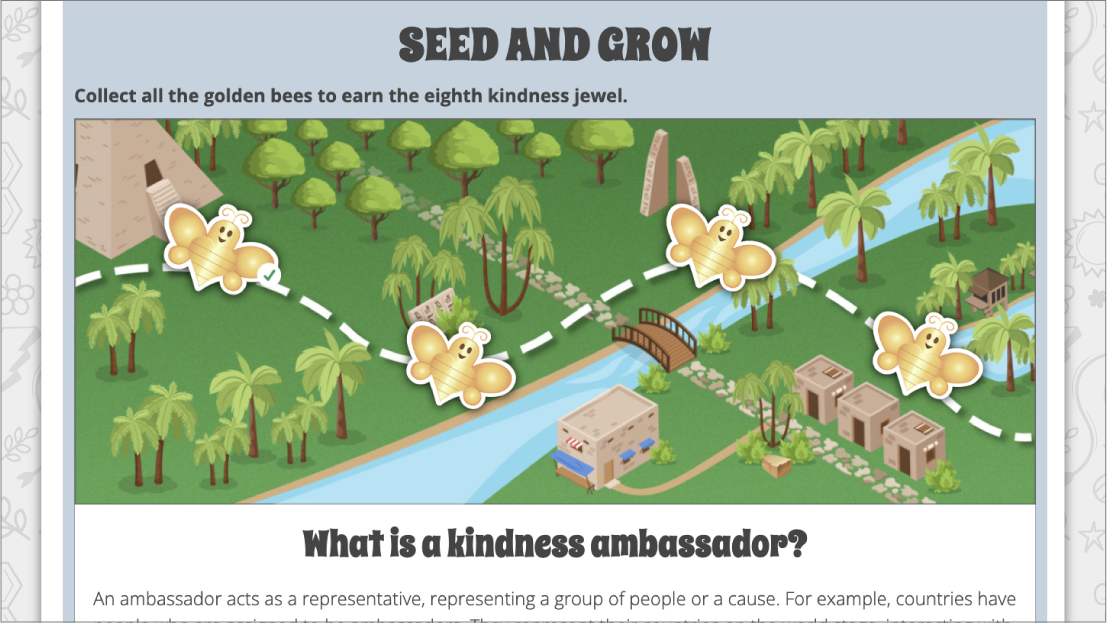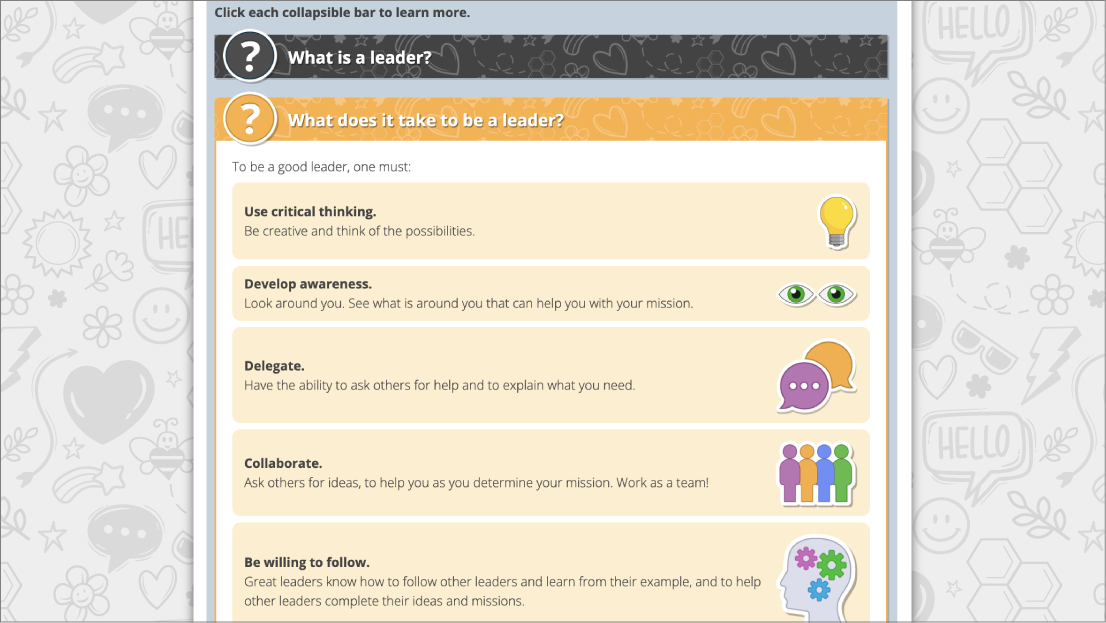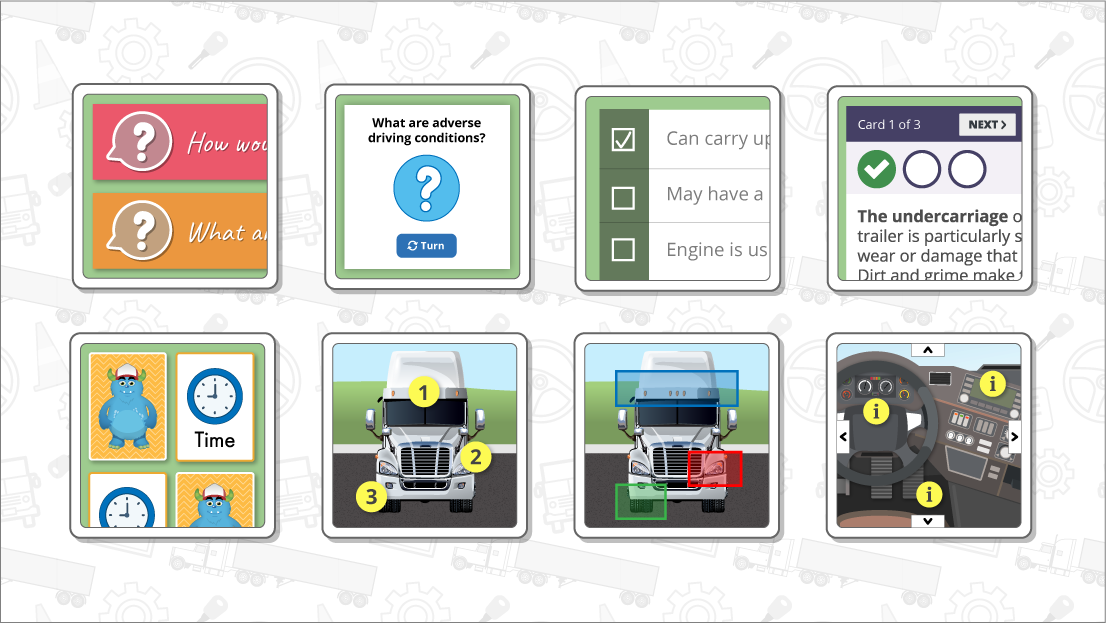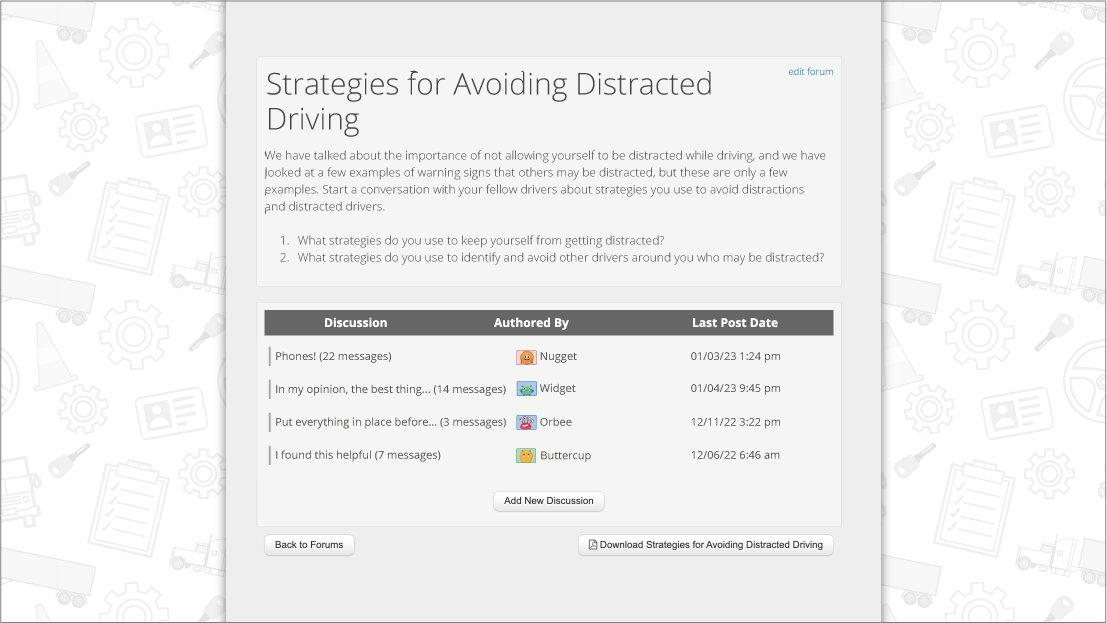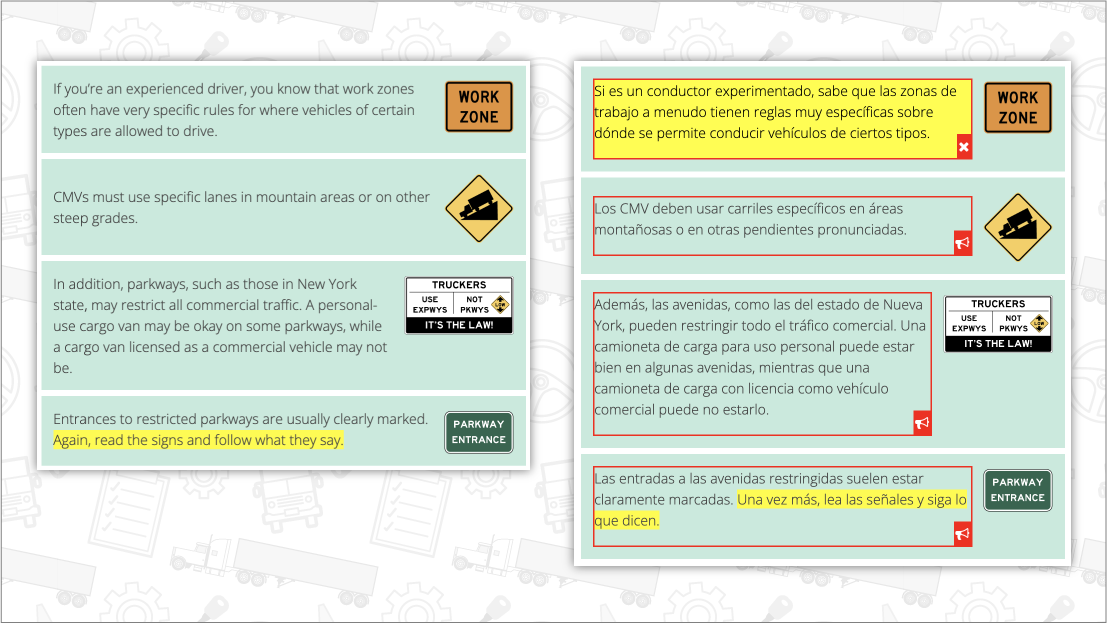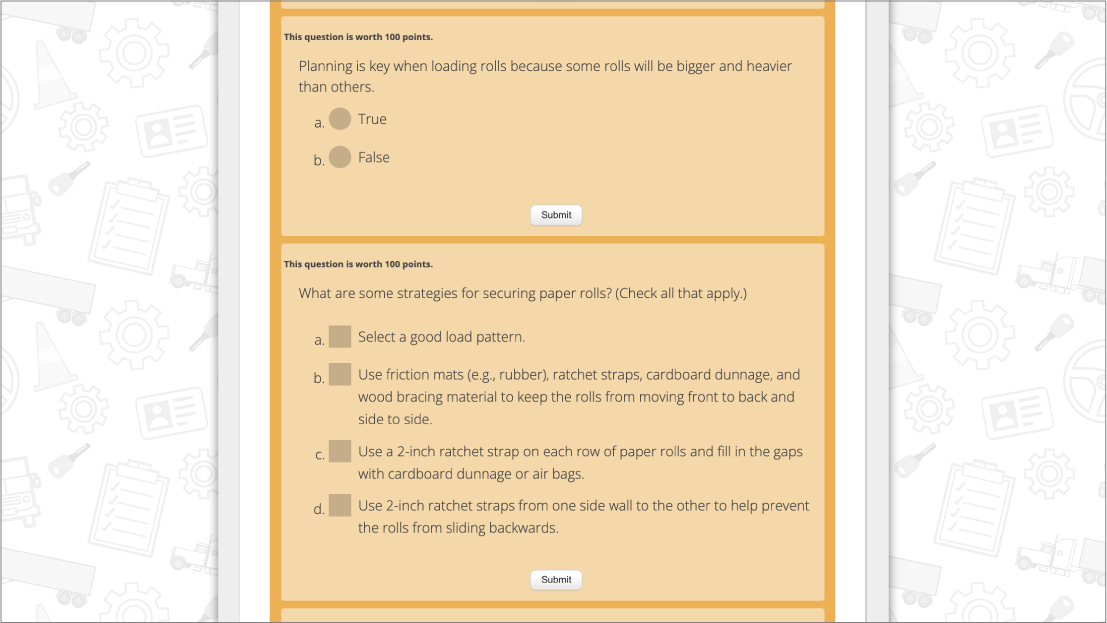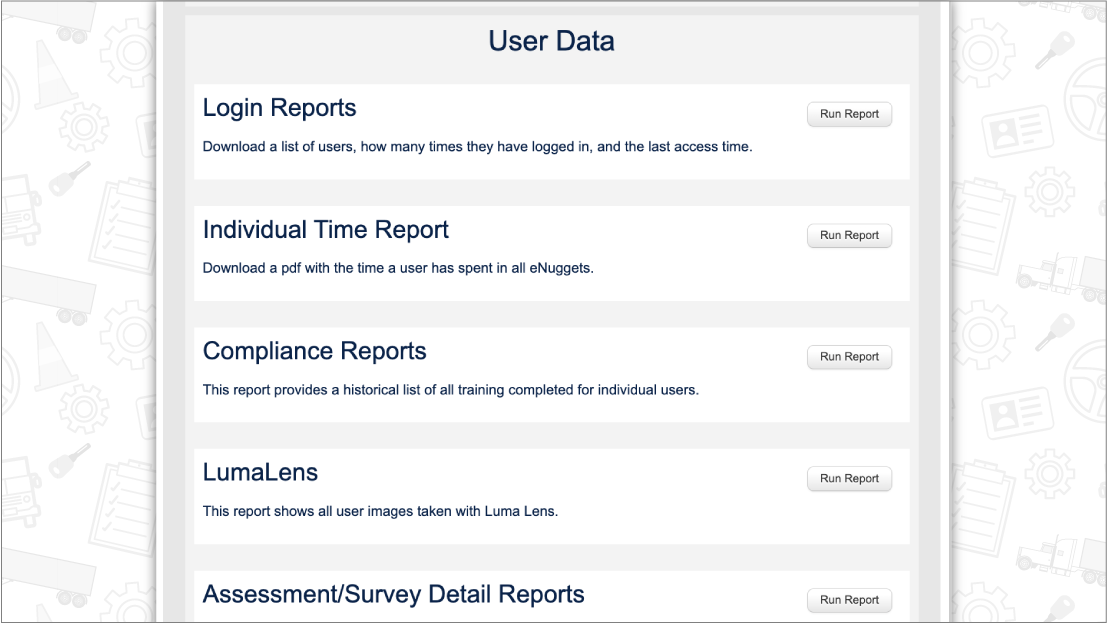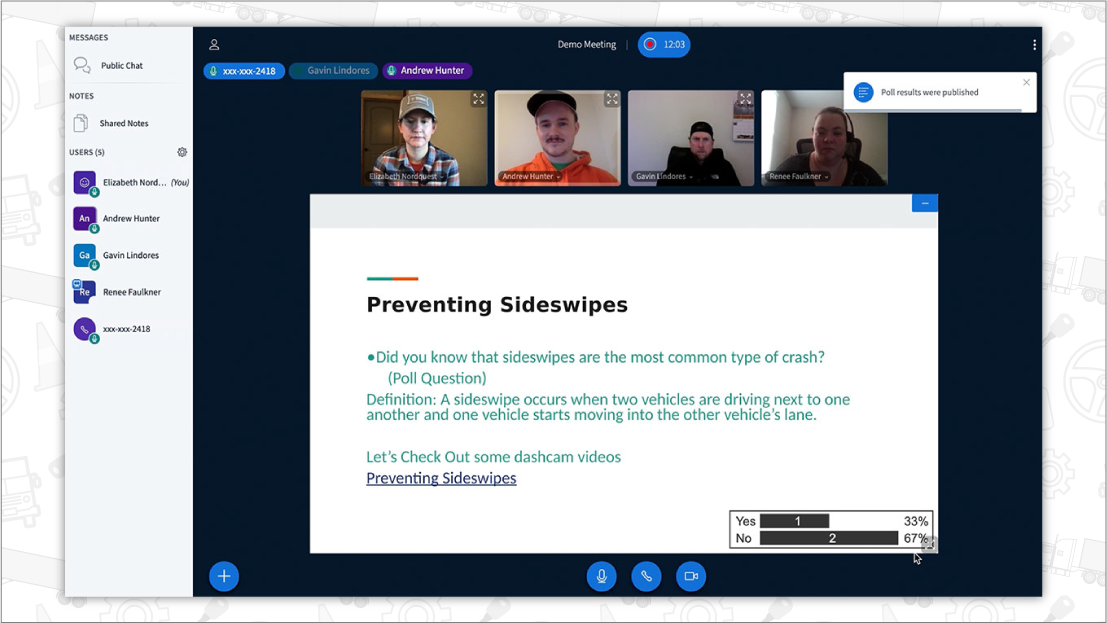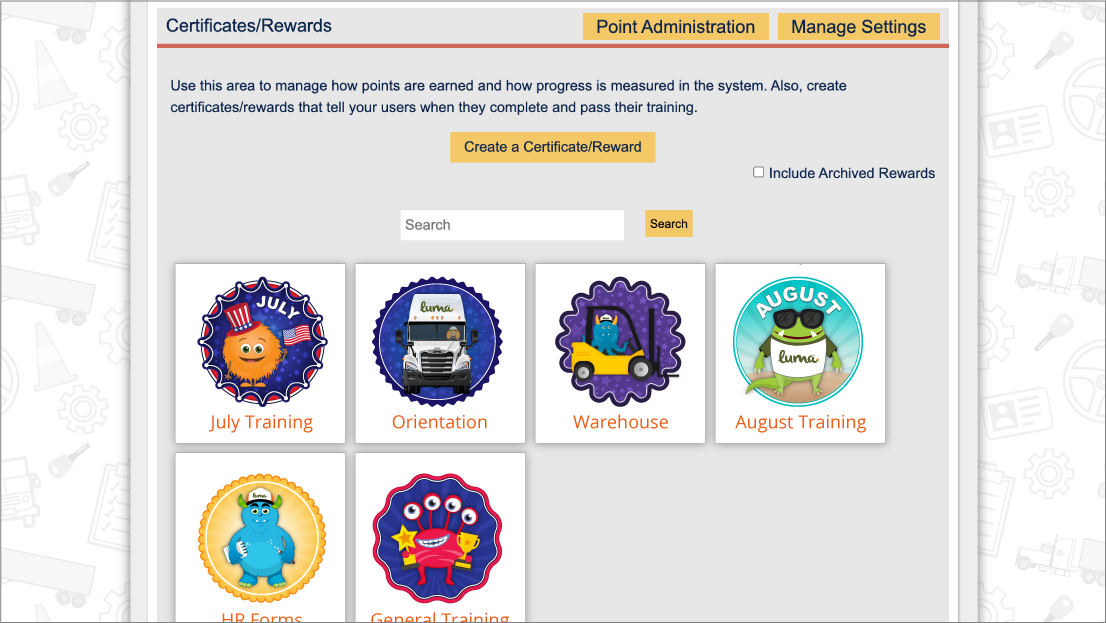![]()
Maintaining Healthy Relationships
On average, 24 people per minute are victims of rape, physical violence or stalking by an intimate partner in the United States; more than 12 million women and men over the course of a year.
This lesson will focus on how to teach others how to recognize unhealthy aspects in relationships and how to get help.
 Have your heard? Our Learning Lessons have been collected into a book available for purchase on Amazon.com! Teaching Without A Teaching Degree: Luma Learning Lessons contains 52 lesson plans and worksheets with 106 different teaching strategies designed for the trucking industry that can easily be adapted to suit any age and content topic.
Have your heard? Our Learning Lessons have been collected into a book available for purchase on Amazon.com! Teaching Without A Teaching Degree: Luma Learning Lessons contains 52 lesson plans and worksheets with 106 different teaching strategies designed for the trucking industry that can easily be adapted to suit any age and content topic.Our free Luma Learning Lessons include objectives, estimated time, materials and instructional procedures for classroom and online/blended teaching. We will provide strategies on how to use our new LumaLive technology to collaborate virtually in real-time. We include these pillars from our learning research to illustrate where they are infused in our lessons.
Interaction Types
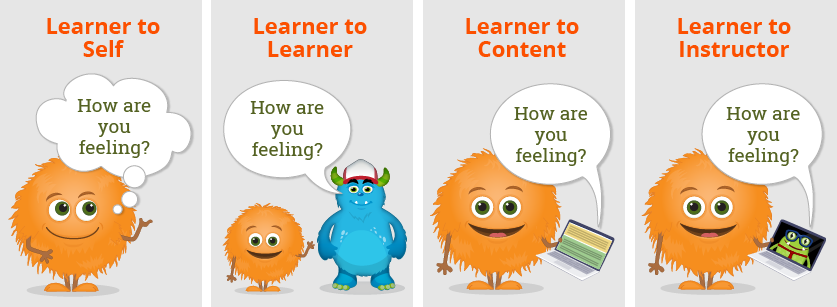
For decades there has been discussions of interaction types in education. (Anderson, 2003) Most interaction types observed in driver training traditionally are learner to instructor or learner to content. Moreover, most interaction time with driver training and orientation is synchronous or at the same time. This Learning Strategy is going to help you think about ways you can hold training without a physical classroom.
Interaction Time
The following Lesson is broken down into two different interaction times.
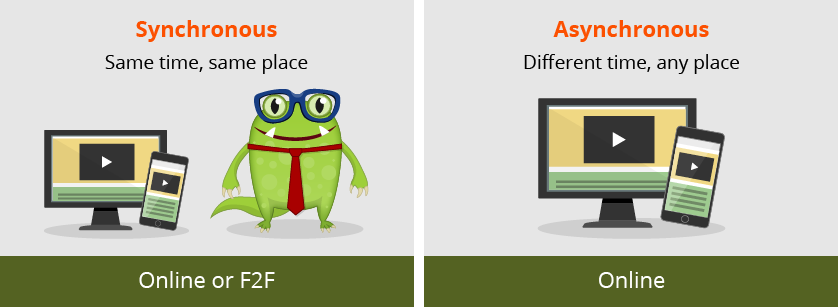
Objectives
|
||
Estimated Time60 minutes |
||
Materials
|
(or at the same time without a classroom)

 Meet in a webinar technology, like LumaLive.
Meet in a webinar technology, like LumaLive.
 Give an anonymous poll in LumaLive or similar technology and ask if anyone in the room has been in or knows someone that was involved in an unhealthy relationship.
Give an anonymous poll in LumaLive or similar technology and ask if anyone in the room has been in or knows someone that was involved in an unhealthy relationship.
 Tell the class that this is a sensitive topic. They do not need to share if they do not feel comfortable. Be sure to explain the rules for sharing information and being respectful.
Tell the class that this is a sensitive topic. They do not need to share if they do not feel comfortable. Be sure to explain the rules for sharing information and being respectful.- Send out the link to The Relationship Spectrum Reference and What Is Domestic Violence?.


 Ask if anyone had an “Ah ha”! Moment or learned anything they did not know before exploring the resources. Have them share what new tibet they learned.
Ask if anyone had an “Ah ha”! Moment or learned anything they did not know before exploring the resources. Have them share what new tibet they learned.
 Explain the importance of boundary setting. Possible script: Boundary setting is an important aspect to building healthy relationships. A healthy relationship is built on trust and mutual respect. Have open conversations and listen to the person you are trying to build a healthy relationship with.
Explain the importance of boundary setting. Possible script: Boundary setting is an important aspect to building healthy relationships. A healthy relationship is built on trust and mutual respect. Have open conversations and listen to the person you are trying to build a healthy relationship with.
 Share Setting Boundaries Questions through the chat and have the learners quietly answer the questions, They can think about themself or someone that they care about
Share Setting Boundaries Questions through the chat and have the learners quietly answer the questions, They can think about themself or someone that they care about
 Ask the class to brainstorm why communication is important to build healthy relationships. Come up with a list of reasons together. You can do this in smaller groups and then have them come back to the larger group to share.
Ask the class to brainstorm why communication is important to build healthy relationships. Come up with a list of reasons together. You can do this in smaller groups and then have them come back to the larger group to share.
 After they have time to brainstorm ideas, give them time to read this Communication Guidance. Ask them all to consider one strategy they could improve on. There is always something we can all improve.
After they have time to brainstorm ideas, give them time to read this Communication Guidance. Ask them all to consider one strategy they could improve on. There is always something we can all improve.- Share current statistics from the The National Domestic Violence Website.
- Share how anyone can get help.
(or not at the same time)

 Assign the Maintaining Healthy eNugget®.
Assign the Maintaining Healthy eNugget®.
- Post in a discussion board the following resources:
- What Is Domestic Violence?
- Get Help
- Customize this message: If you need help, do not hesitate to reach out to X at our organization. Our privacy is important to us.
Reference:
Anderson, T. (2003). Modes of interaction in distance education: Recent developments and research questions. Handbook of distance education, 129-144.

 Luma® is a learning and instructional design company that is always coming out with new training topics. Need something specific? Give us a call at (574) 807-8148 ext 5 or email
Luma® is a learning and instructional design company that is always coming out with new training topics. Need something specific? Give us a call at (574) 807-8148 ext 5 or email 

